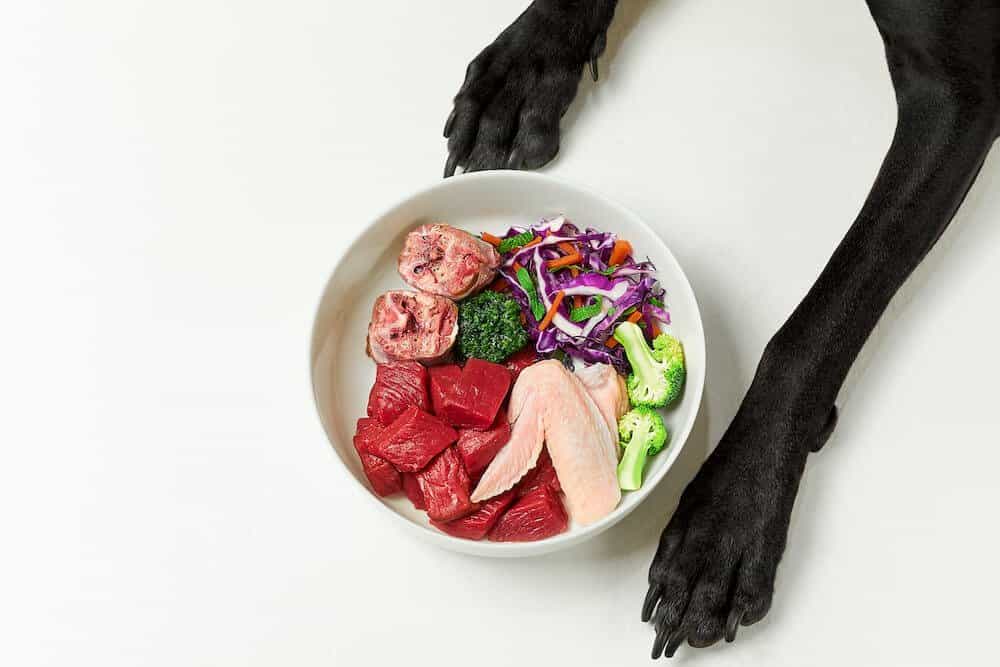
Cold, Hard Facts (& Kibble)
Share
Cold Hard Kibble
If you're new here, you may still be feeding your pet dry kibble. If you've been here for a while, you might have ditched the cold, hard kibble for our Bella and Boots food blends. Even if you have, you might not know the reality of the pet food industry.
Processed kibbles are seen everywhere and they are marked as being “optimal” and “complete”. They have pictures of farms and happy dogs on top, shouting about "real food" and "nutrients boosted". It's easy to believe what's on the package. And why wouldn't you want to? It’s a convenient, easy and cheap option. It takes no effort and supplies can last for months. But these pros have cons, cons which impact not just the health of your pet, but the planet too.
The Cold, Hard truth of Kibble
Have you ever considered what goes into a meat based product that can be shelved for weeks and even months, in an open and closed plastic bag in a hot climate? Aside from the obvious concerns about herbicides, pesticides, artificial flavours, artificial colours, GMOs or medicines from vaccines, kibble can have... diseased tissue or rancid meat!
The FDA says, “Processed pet food, including pet food consisting of material from diseased animals or animals which have died otherwise than by slaughter, goes through high heat processing, which is designed to kill harmful bacteria...”. This material doesn't even need to be disclosed to you, the consumer! While we believe in reducing food waste, we'd rather not risk the health of your pet to save time and money. Plus, it says nothing of the taste!
Speaking of nutrients, kibble takes meat treating one step further than other kinds of processed wet foods: they heat treat the meat before to reduce the risk of disease, then they cook it down to their preferred size and texture, cook again to "impart flavour" with the other ingredients, then they shape it and dry it so it resembles the kibble we know. All of this cooking removes most of the important nutrients including fibre, thiamine, calcium, sodium, potassium, magnesium and phosphorus, as well as hydration and iron. The meat gets broken down and other filler ingredients are added back in to make up for it.
To keep pets full, brands add carbohydrates like corn, wheat, rice and/or potato to bulk it up and make it more filling. Flavour enhancers and synthetic nutrients replace what's been lost. These synthetic ingredients and carbohydrates contribute to metabolically stressful insulin, glucagon, and cortisol spikes through the day, as well as increasing the risk of obesity, intestinal blockages and heart disease. Even brands that brag about including healthy vegetables, additives and meat products fall victim to the kibble format.
Part of what is so "convenient" about kibble is its ability to be stored easily and for extended periods of time. Not only does storing kibble for an extended period make it lose more of the nutrients, storage mites, bacteria and insects can get introduced to the food source. From this, pets can develop a hypersensitivity, resulting in problems such as itchy inflamed skin, hair loss and ear infections - to name a few.
Avoid weight problems, chronic conditions, dry or irritated coat and skin, dental deterioration, smells and artificial energy sparks or lethargy. Ultimately, if you avoid over-processed stuff and feed your pet the diet they are designed to eat then you will have a raw pet food diet, you’ll have a happier and healthier pet for life.
